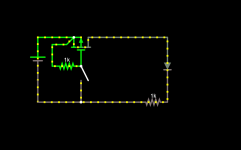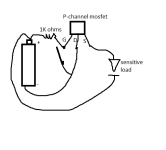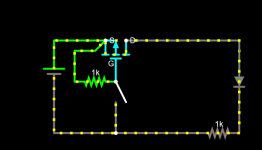Giannis_TDM
Well-known member
- Joined
- Apr 27, 2019
- Messages
- 895
- Points
- 93
No, The voltage ripple although part of the equation is not as important as the current ripple, also AFAIK PC power supplies are actually not that good performers in terms of ripple since that 12 is getting stepped down by other local regulators on the components themselves. In short, I would say no, have at least an LM338 to regulate current, also what array did you find that runs at 12?There is no magic or "better than anyone else" type of laser driver. U gotta just understand basic science behind what you are looking for and find a driver that suits your needs
Yo on that note @Giannis_TDM, do you think I could use an ATX PSU's PCI-E output to drive a 12v laser array? Those things are cheap as hell and (if their advertising is to be believed) should have low ripple









